Israel-based start-up REE has designed a new electric vehicle platform with modular corner and wheel assemblies that, it says, allows more freedom of design and the fitment of more body configurations than is possible on current EV architectures.
REE’s platform can incorporate a totally flat floor while the motor, suspension, steering and braking – all of which are by-wire systems – are all handled by individual wheel modules. There’s an ECU at each corner and one within the chassis itself. The system is scalable for anything from small delivery vans to large commercial vehicles.
Speaking to Autocar from Tel Aviv, REE co-founder and CEO Daniel Barel said: “A V6 internal combustion engine [ICE] platform and Volkswagen’s MEB [electric architecture] are more or less the same. It’s still a three-box chassis configuration. They’ve taken the ICE and moved it into an electric motor, and the centre is a skateboard chassis, but it’s far from a skateboard. Tesla’s is the same and Jaguar Land Rover’s is the same – and that didn’t make any sense to us.”
REE’s corner modules have the motor and software attached to the chassis end of the suspension, so this isn’t a motor-in-wheel design, which would have a heavier unsprung mass and the ride and handling disadvantages that entails.
REE says a corner module can be removed and replaced in 18 minutes, which would give real gains in downtime and maintenance costs for commercial vehicles.
The architecture, which can have raised wheel arches by using horizontally located springs and smaller wheels, has already been showcased by Hino Motors, Toyota’s commercial vehicle division, with which it has a partnership, in a six-wheel configuration.
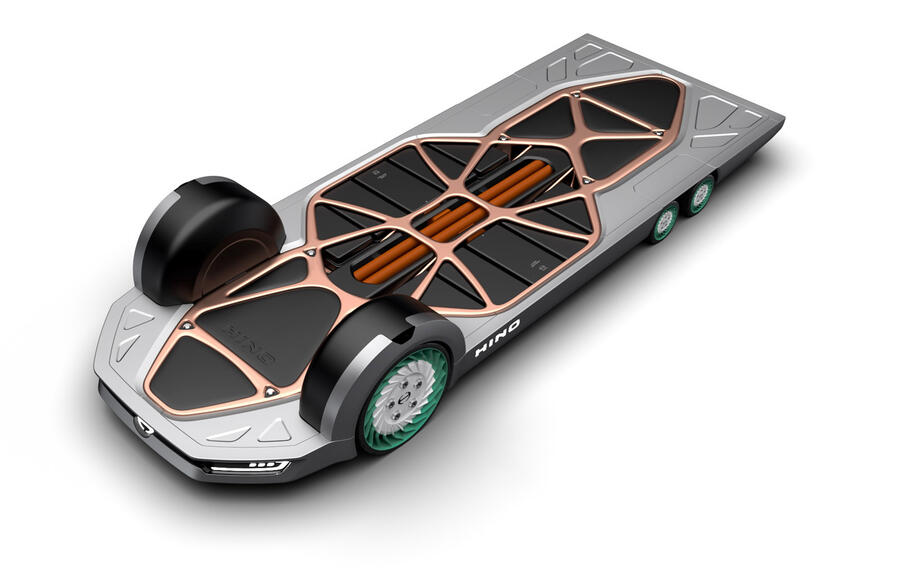


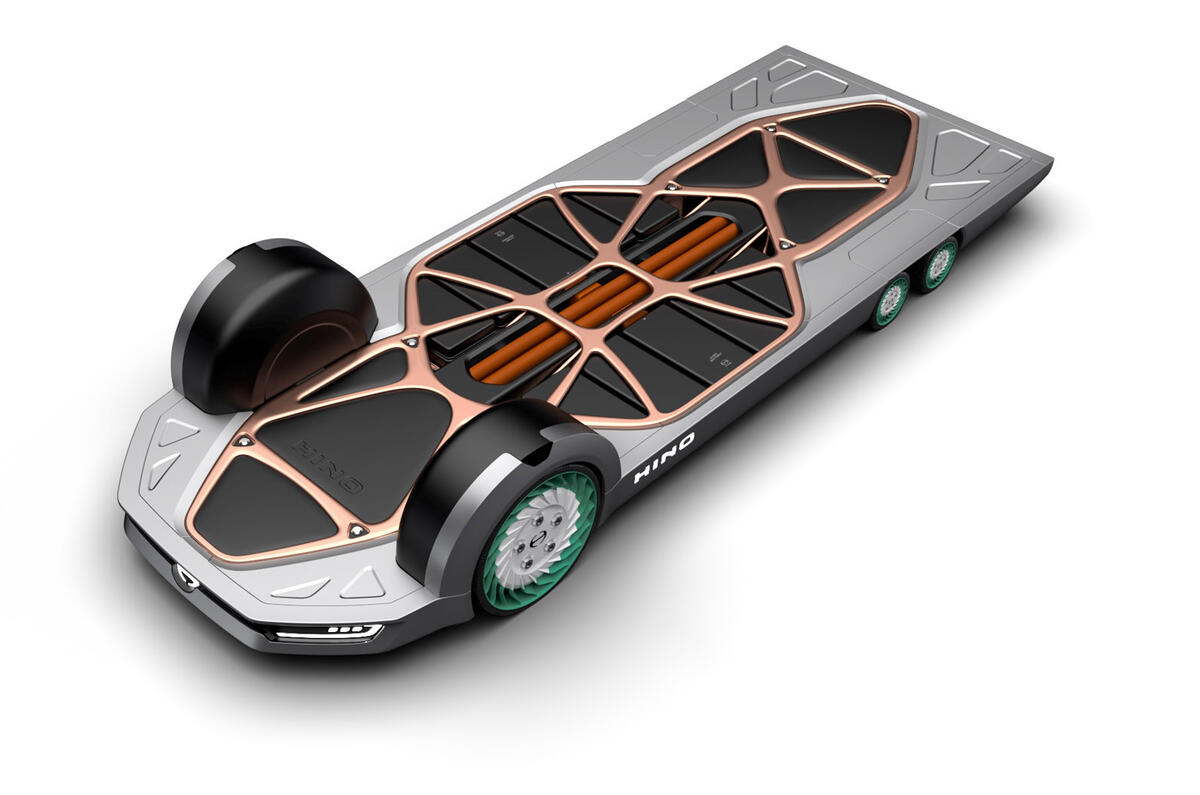
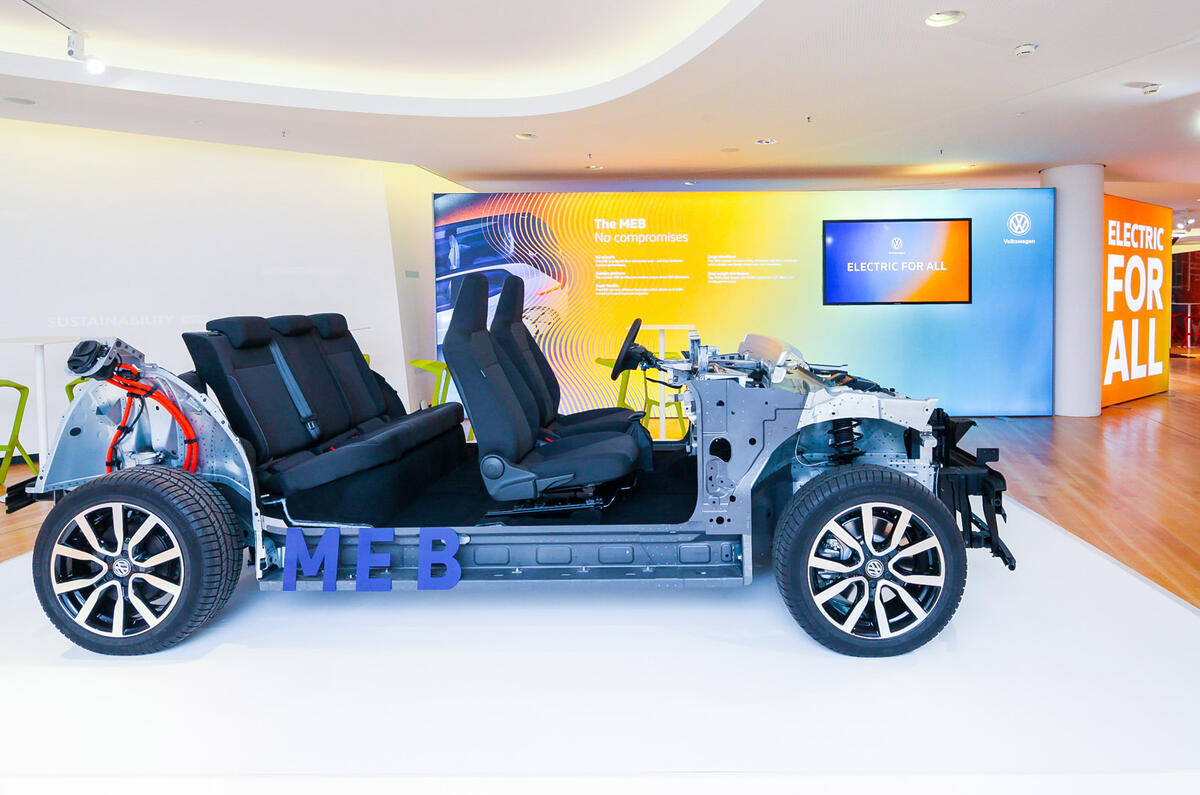
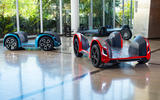
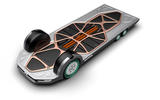
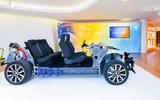

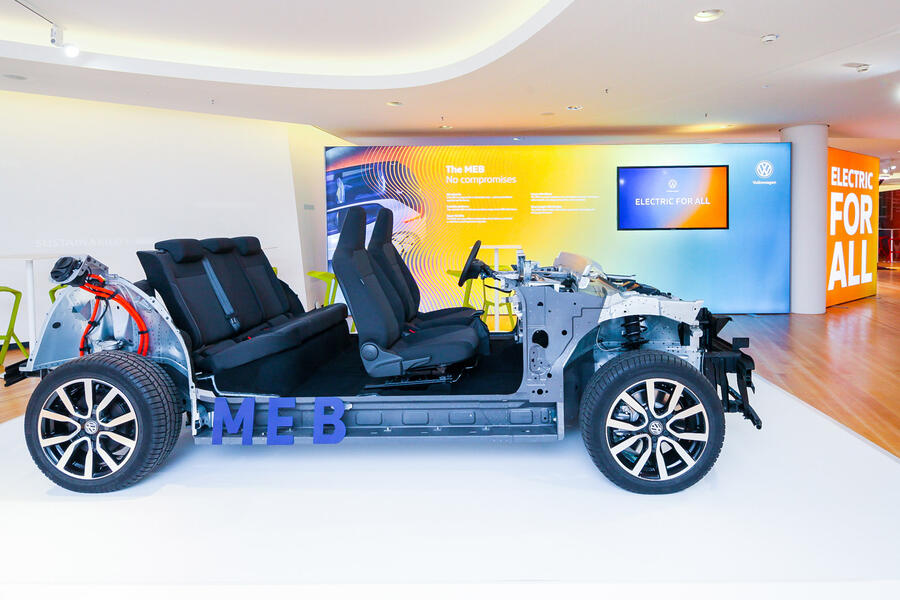





Join the debate
Add your comment
Crumple zones...
I think the overall concept sounds promising, but I'm a bit wary of the 2.7m taxi idea if it's achieved by pushing passengers out to the edge of the wheelbase. The "three box" design is as much a product of crumple zone requirements as tradition, and even if these are low speed vehicles they will need something of that nature (as much for any pedestrians they might hit in an accident). This doesn't look like it accounts for that at present.
They may already be working on this in which case fair enough, but that would be my main concern at the moment.
Wow
No.
BDS.